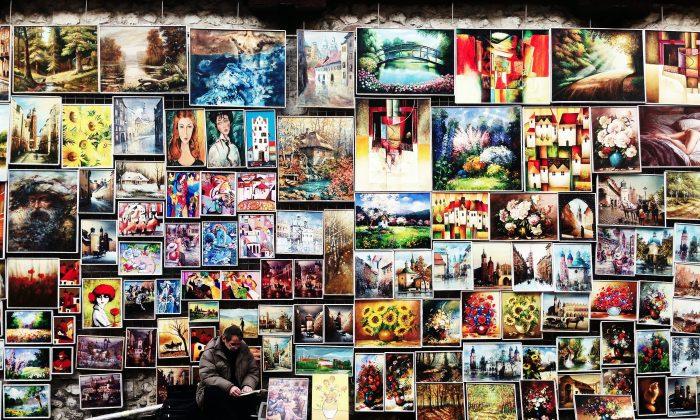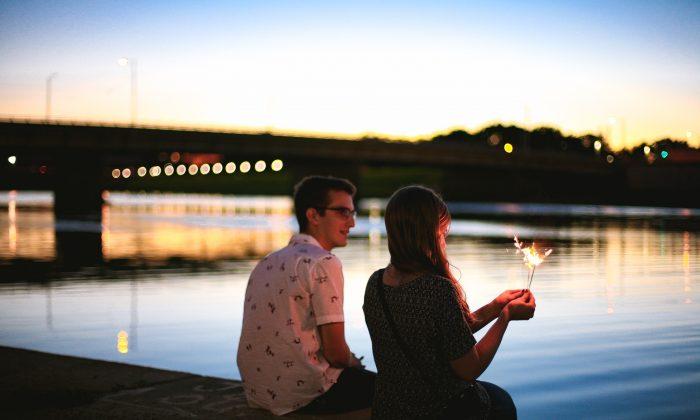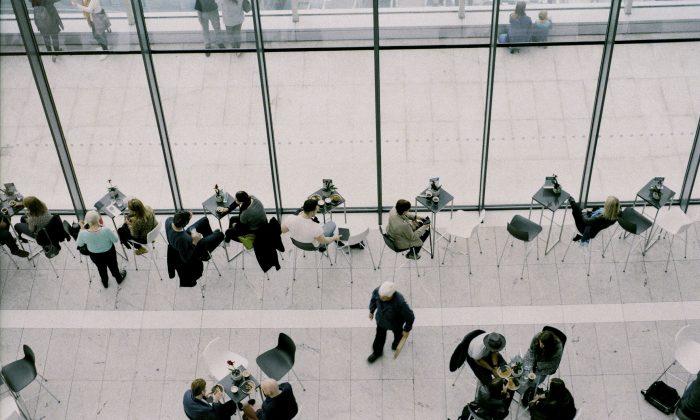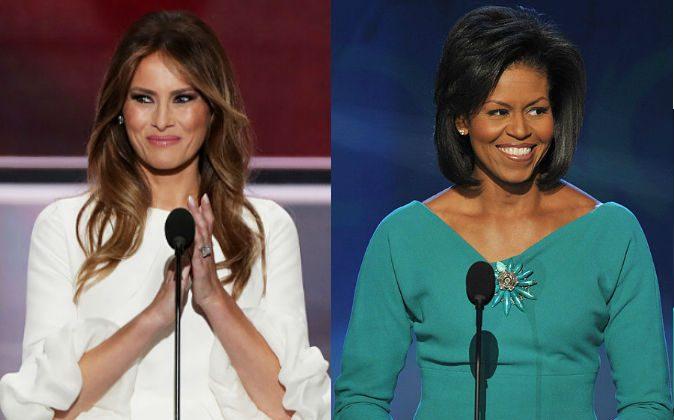Coincidences emerge in the minds of the beholders. Without a human mind to detect them, most coincidences would not exist.
Cognitive processing errors serve for statisticians like Persi Diaconis and David Hand as a bulwark against the potential meaningfulness of coincidences. Their perspective shows us how our minds help to create meaningful coincidences.
We can pop coincidences into existence by perceiving patterns where there are none. When taken to an extreme, this tendency has a name, “apophenia.”
The Oxford dictionary defines coincidence as “a remarkable concurrence of events or circumstances without apparent causal connection.” We can perceive a concurrence by overemphasizing or stretching the similarities of the events and by selectively remembering events.
Let’s examine these two very common tendencies.
Stretching Similarity
Just how similar is “similar”? Computer software developers are seeking an objective answer to this question, trying to develop algorithms to evaluate degree of similarity. But, for now, degree of similarity remains subjective. Human beings are still better than computers at finding patterns and judging similarity.
But there will always be someone who will claim that my “similar” is not similar enough.
Sometimes we may stretch similarity beyond what is reasonable to create coincidences out of two or more unrelated events. We sometimes see similarities that may not be there because we want the connection to be there.
But what are the limits of “reasonable” similarities? It’s hard for me to clearly say. In the following example, we see how similarity is often easy and straight-forward to judge: let’s say you and a friend meet up and you’re both wearing the exact same shirt and pants bought from the same store. The probability of that happening is lower than both of you wearing pants and shirts that are the same color, but different designs. The closer the similarity, the lower the probability.
Degree of similarity plays an important role in judging the probability of a coincidence. The more similar the two (or more) events of the coincidence are, the lower the probability of the coincidence.
Selective Memory
We select what we see and remember. What else is new? We have to select information from the huge onslaught of stimuli coming at us. To not select is to overload our brains.
We can, and do, selectively remember certain details and then match those details to a current event. If we did not do that, there would be fewer coincidences. We also would be living in an ever-present now without links to past experience.
Some people overdo this remembering and matching—selecting just the right memory to create the coincidence. Others may be smacked in the face with a coincidence and not notice it.
What other factors could be influencing the probability of the coincidence? This question challenges students of Coincidence Studies to examine the variables contributing to the coincidence beyond the base rates of each intersecting event.
For example, actor Mike Myers was visiting famed author, physician, and alternative-medicine advocate Deepak Chopra. As Myers walked into Chopra’s office, he saw a card featuring an image of a Hindu god on the wall. Myers pulled out his own deck of cards featuring Hindu gods, the first one of which was the same card as the one on the wall. Myers was amazed at the coincidence.
This coincidence was perhaps more probable than it seemed to Myers. The deck featured images of Hindu gods; Chopra relies heavily on Hindu ideas for his teaching and Myers knew that. In preparation for their meeting, Myers seemed to want to show Chopra what he knew that might be relevant to their discussion.
While the coincidence seemed amazing to Myers, the context of their relationship increased the likelihood of a matching card. However, there were many cards in the deck so Myers’s placing this one, the Goddess of Wealth, on the top lowers the probability.
In summary, the main cognitive errors people make in estimating the probability of a coincidence include: stretching the similarities to make the two elements fit, selectively remembering past events to find a match with a current event, and neglecting the contextual influences that could increase the probability.
But I do not think that all coincidences are the result of cognitive processing errors. Coincidences help us to see new patterns, and it’s not necessarily that we’ve mistakenly created those patterns, as I will discuss in part five of this “What Are the Odds?” series.
Epoch Times reporter Tara MacIsaac coauthored this article. Follow @TaraMacIsaac on Twitter, visit the Epoch Times Beyond Science page on Facebook, and subscribe to the Beyond Science newsletter to continue exploring ancient mysteries and the new frontiers of science!
This article was previously published by Psychology Today, as part of a series of articles by Bernard Beitman, M.D., on the science of synchronicity and serendipity. Beitman is a visiting professor at the University of Virginia. He is the former chair of the University of Missouri-Columbia department of psychiatry. See his blog, Connecting With Coincidence, to learn more about Coincidence Studies.







Friends Read Free